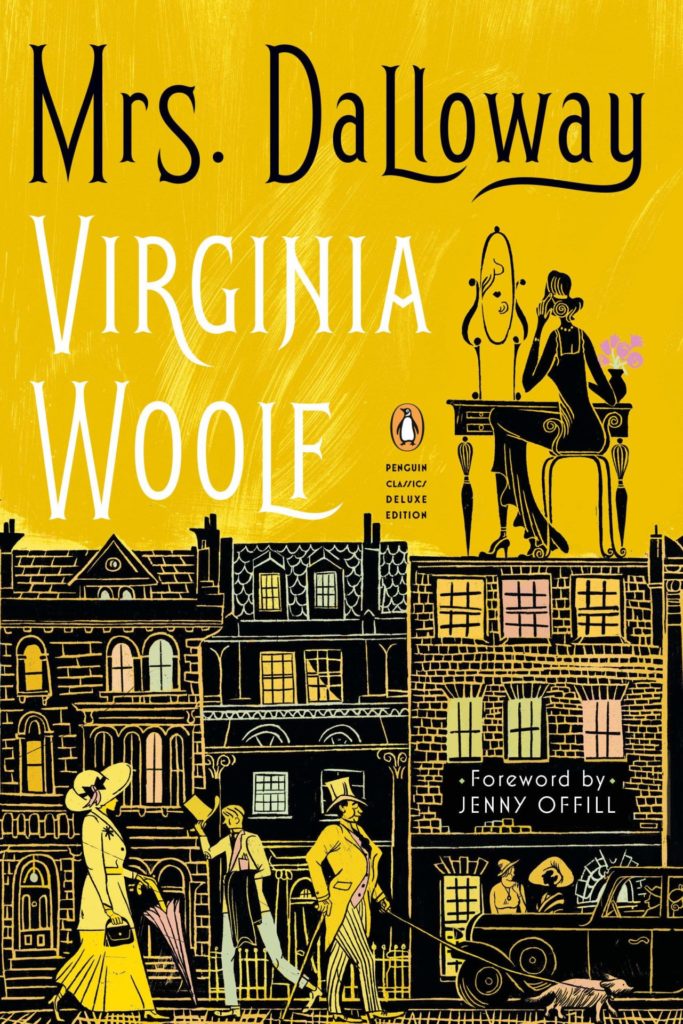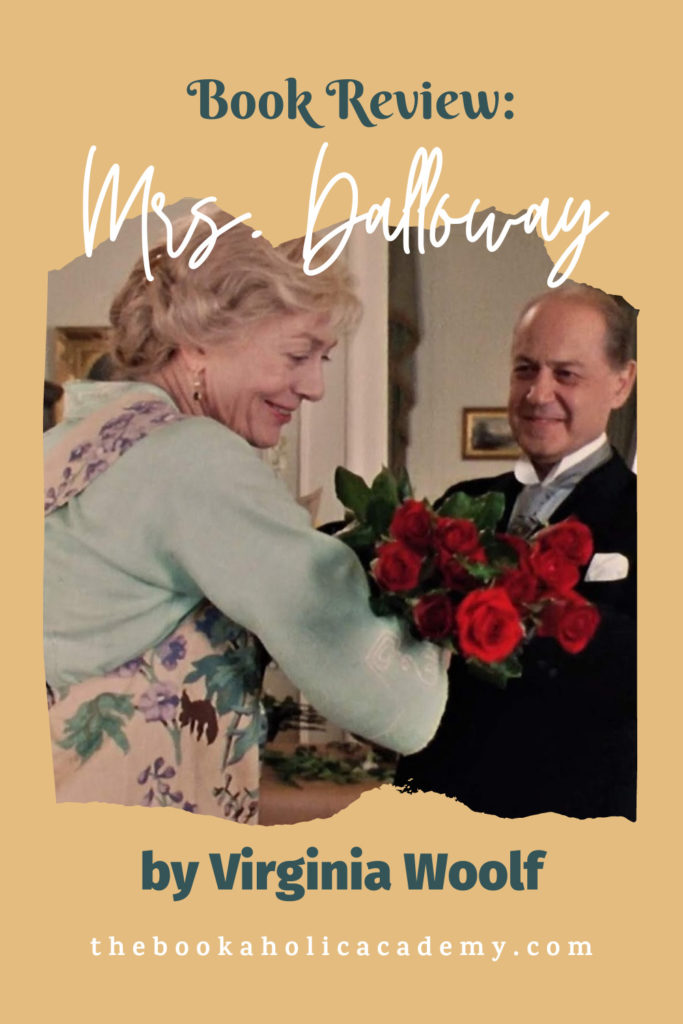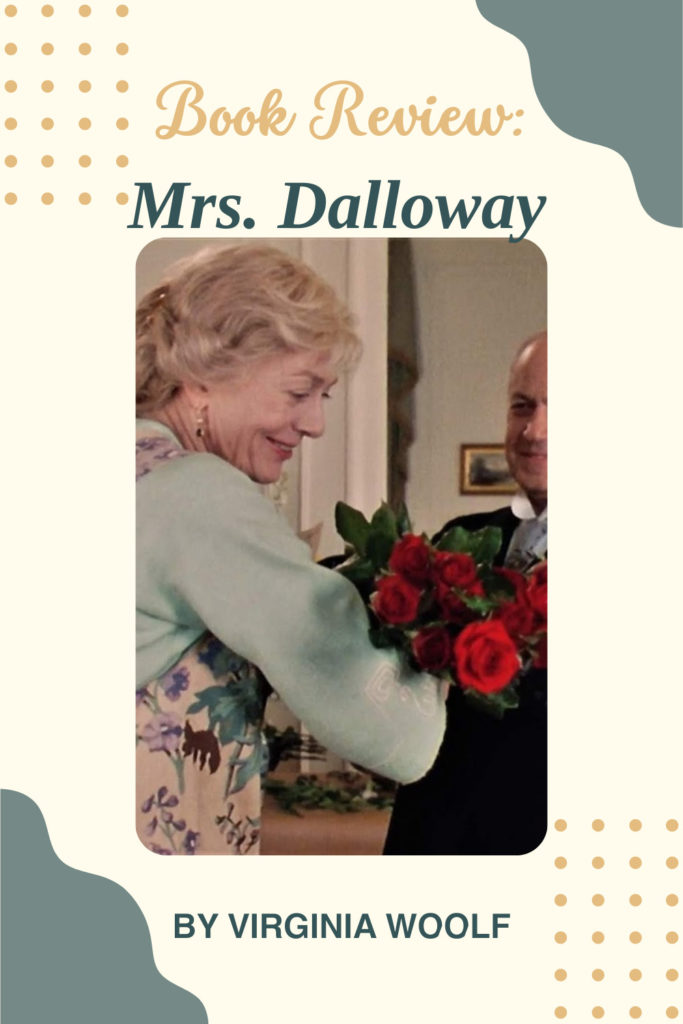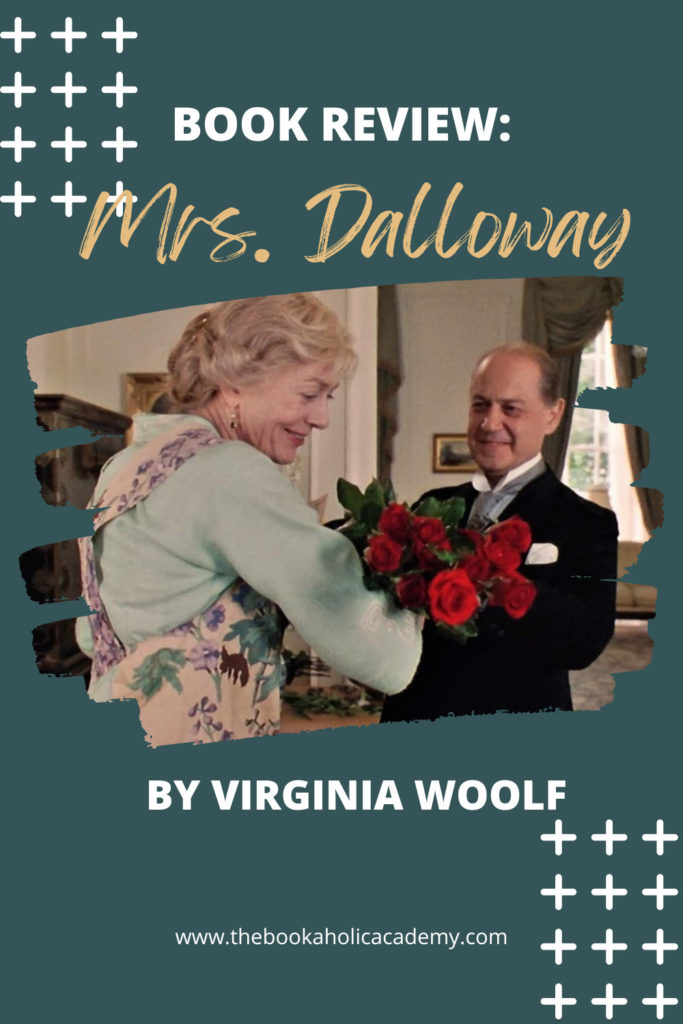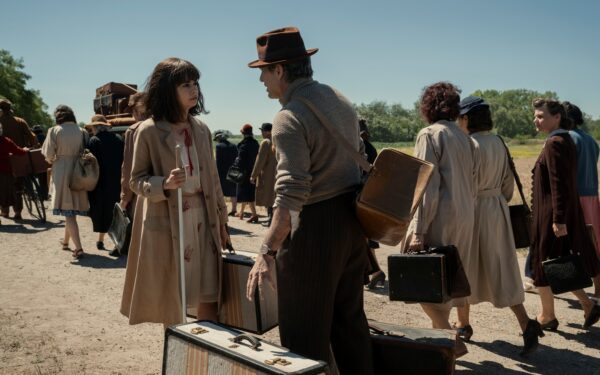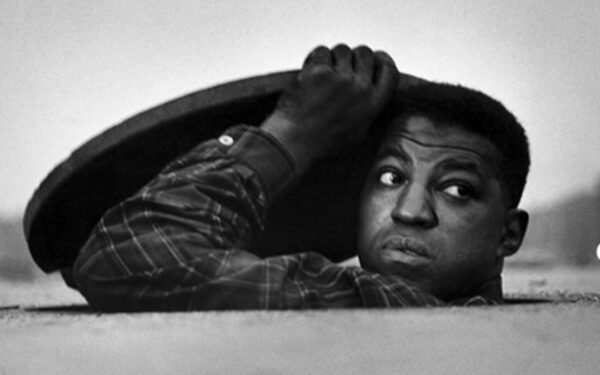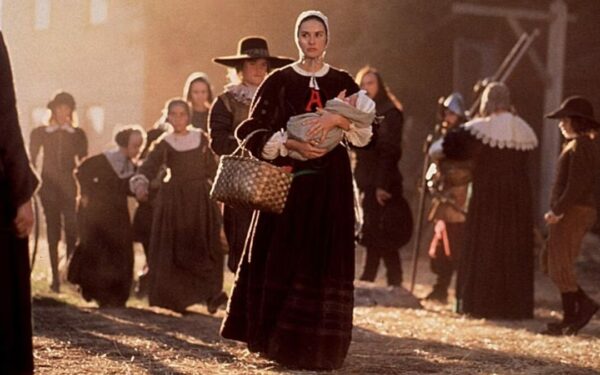Review: The Introspective Mrs. Dalloway by Virginia Woolf
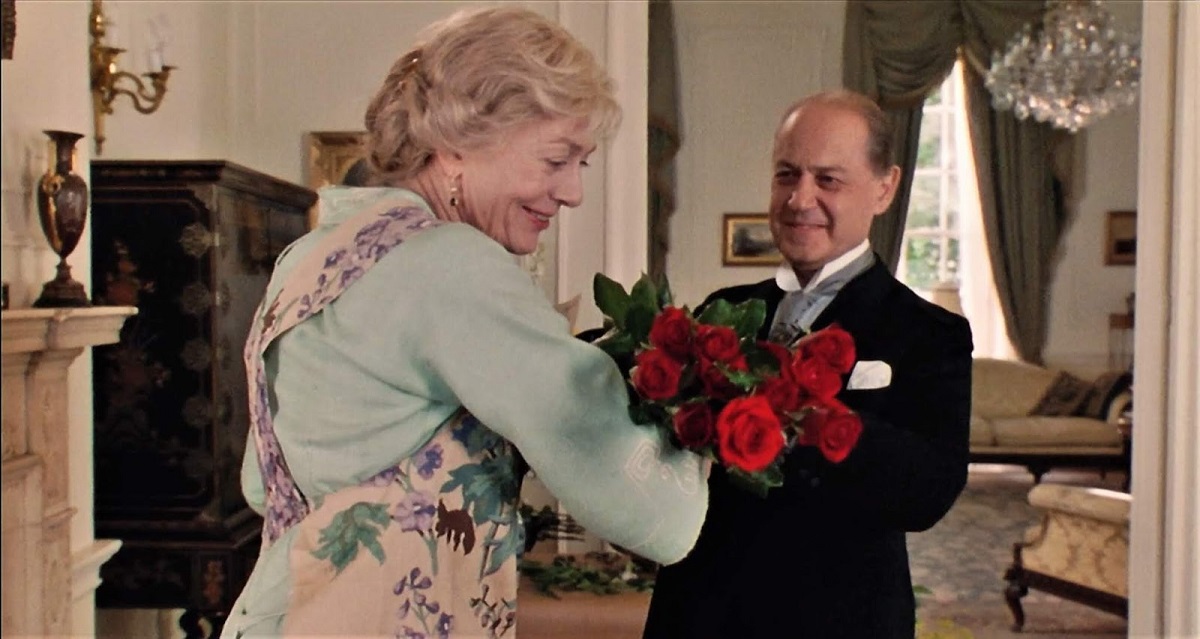
Disclaimer
This post may contain affiliate links. I will make a small commission if you make a purchase through one of these links, at no extra cost to you. See full disclosure and disclaimer policy HERE.
Published in 1925, Virginia Woolf’s “Mrs. Dalloway” is a renowned novel explores the complexities of human existence, delving into the inner thoughts and experiences of its characters. In this article, we will embark on a journey through the pages of this remarkable book, delving into its intricate narrative and thought-provoking insights.
Table of Contents
Plot Summary | Spoiler Alert |
Mrs. Dalloway by Virginia Woolf is set in London during a single day in June 1923. The novel follows the life of Clarissa Dalloway, an upper-class woman in her fifties, as she prepares to host a party in the evening. The story takes us through the thoughts and experiences of various characters connected to Clarissa.
Through the use of a stream-of-consciousness narrative style, Woolf delves into the inner lives of the characters, exploring their memories, regrets, and desires. The narrative shifts between different perspectives, offering insights into the complexities of human thought and emotion.
As Clarissa prepares for her party, she reflects on her past, her relationships, and the choices she has made. Their reappearance of a former suitor in Clarissa’s life triggers a wave of memories and reflections, highlighting the impact of past events on the present.
Throughout the day, the characters encounter various individuals and engage in conversations that touch on societal expectations, the nature of love, the passage of time, and the effects of war. Woolf skilfully weaves together these encounters, providing glimpses into the interconnectedness of lives and the complexities of human relationships.
As the evening approaches and the guests gather for the party, the novel reaches its climax. The events of the day, the characters’ internal struggles, and their interactions with one another culminate in a poignant and reflective conclusion that leaves the reader with a deeper understanding of the characters’ lives and the themes explored throughout the novel.
Mrs. Dalloway is a rich and introspective novel that invites readers to reflect on the complexities of human existence, the passage of time, the constraints of societal expectations, and the profound impact of personal experiences on individuals’ lives.
The Complexity of Human Experience
One of the book’s greatest strengths lies in its exploration of the complexity of human existence. Woolf skilfully depicts the intricacies of human thought and emotion, presenting the characters’ internal struggles, desires, and fears with profound sensitivity.
Through the stream-of-consciousness technique, the reader gains insight into the characters’ minds, experiencing their joys, regrets, and uncertainties first-hand. Woolf’s prose flows seamlessly, creating a vivid and immersive reading experience that pulls the reader into the depths of the characters’ lives.
Themes That Resonate
In Virginia Woolf’s Mrs. Dalloway, several main themes emerge, offering profound insights into the human condition and society at large. Here are some of the central themes explored in the novel:
- The Passage of Time: Time is a recurring theme in Mrs. Dalloway. Woolf explores how the past and present intersect and influence one another. The characters grapple with the passage of time, reflecting on memories, regrets, and the impact of the past on their present experiences.
- Identity and Selfhood: The novel delves into questions of identity and selfhood, particularly concerning the societal expectations and constraints placed on individuals. Characters struggle with conforming to societal roles and norms, seeking a sense of self and personal fulfillment amidst societal pressures.
- Gender Roles and Femininity: Woolf examines the limitations imposed on women in early 20th-century England. The novel explores the societal expectations of femininity and the consequent suppression of individuality and personal desires.
- Mental Health and Sanity: Mrs. Dalloway touches upon the fragile state of mental health. Woolf portrays characters grappling with inner turmoil, exploring the impact of societal pressures, trauma, and the effects of war on mental well-being.
- Social Class and Privilege: The novel delves into the dynamics of social class and the privileges afforded to the upper class. Woolf highlights the stark contrast between the lives of the privileged and the marginalized, shedding light on the inequalities that exist within society.
- Isolation and Loneliness: Many characters in Mrs. Dalloway experience a sense of isolation and loneliness, despite being surrounded by others. The novel explores the emotional distance that can exist between individuals and the profound desire for connection and understanding.
- War and Its Aftermath: The shadow of World War I looms over the novel, influencing the characters’ lives and perspectives. Woolf examines the far-reaching effects of war, including its impact on individuals’ mental states and society as a whole.
These themes, intricately woven throughout the narrative of Mrs. Dalloway, invite readers to reflect on their own lives and the broader social fabric, provoking introspection and encouraging a deeper understanding of the human experience.
Read our post “Why You Should Read Virginia Woolf: Her Best Novels” here
Conclusion
Mrs. Dalloway by Virginia Woolf is a timeless work of literature that delves deep into the intricacies of human existence. With its engaging narrative, profound character exploration, and thought-provoking themes, the novel continues to captivate readers to this day.
Woolf’s mastery of the stream-of-consciousness technique and her lyrical prose create an immersive reading experience that leaves a lasting impression. By peering into the lives of its characters, Mrs. Dalloway prompts us to reflect on our own thoughts, emotions, and connections to the world around us.

